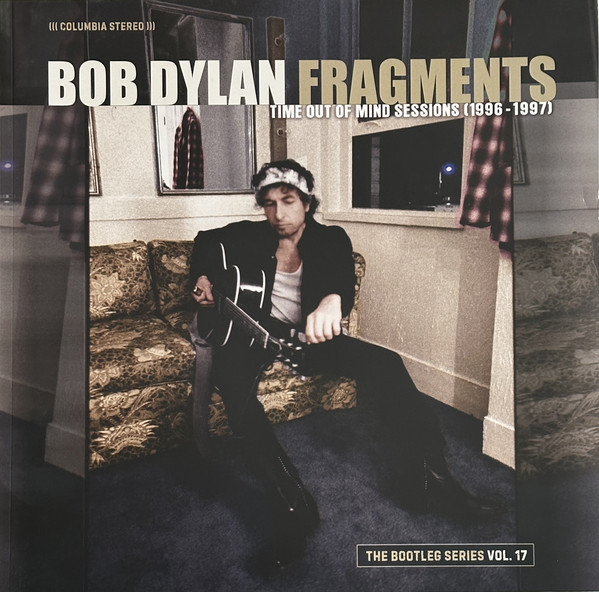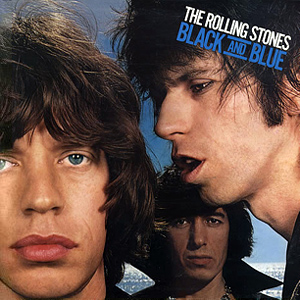It’s a great snapshot of the band on their second North American tour, plowing through songs familiar and unfamiliar to a rowdy club crowd. You can hear Elvis baiting the audience, demanding repeatedly that they “stand up”. The songs have been transformed from their guises on My Aim Is True into a sound all their own. “Less Than Zero” even gets a new set of lyrics to reflect the mistaken assumption that the Oswald in the song was the surname of Lee Harvey.
Some fifteen years later, it got its first official release, somewhat, as part of a box set on Rykodisc, alongside his first three albums. (Those buying the three individually could collect coupons from each and get their copy that way.) In a packaging decision sure to excite those of us who notice such things, the title was listed on the spine and the disc itself as Live At El Mocambo.
When Rhino got a hold of the catalog in 2000, the album was pointedly left out, with the exception of “Less Than Zero” being added to My Aim Is True, making the Ryko version a collector’s item. Then, at the end of the decade, Hip-O’s version of the catalog initially eschewed any kind of bonus tracks on the albums, except for the Deluxe Editions of the first two albums. Two years after those landed with a resounding thud, the label initiated a series of standalone live albums under the banner “The Costello Show”. The first release? Live At The El Mocambo, complete with the missing article restored to the spine.
:format(jpeg):mode_rgb():quality(40)/discogs-images/R-15746644-1597030548-9452.jpeg.jpg) Much more interesting was the second installment in the series, which arrived a few months later. Live At Hollywood High presented the full concert that had previously been a bonus EP in the original Armed Forces package. Those three tracks were included on the Ryko reissue, expanded to nine songs on the Rhino version. In the absence of a Deluxe Edition of Armed Forces, for which this would have been a strong candidate, at least they found a way to let us hear the whole thing.
Much more interesting was the second installment in the series, which arrived a few months later. Live At Hollywood High presented the full concert that had previously been a bonus EP in the original Armed Forces package. Those three tracks were included on the Ryko reissue, expanded to nine songs on the Rhino version. In the absence of a Deluxe Edition of Armed Forces, for which this would have been a strong candidate, at least they found a way to let us hear the whole thing.
Starting with a piano-and-vocal performance of the recently written “Accidents Will Happen”, the band gallops into place for “Mystery Dance”. Only three months after the El Mocambo performance, there have already been changes to the set. Working versions of “Goon Squad” and “Party Girl” are already pretty tight, and a very non-country take of “Stranger In The House” adds some more variety. And of course, it’s nice to have an Attractions version of “Alison”. Overall, the performance is tighter—and probably more sober—than in Toronto, with Elvis interacting with a giddy high school crowd.
It’s a good show, but admittedly, overkill, as it makes a total of three concert releases covering the same three-month period. It was a good start, but the “Costello Show” live series did not continue past these two.
Elvis Costello & The Attractions Live At The El Mocambo (1978)—3½
Elvis Costello & The Attractions Live At Hollywood High (2010)—4











.jpg)


